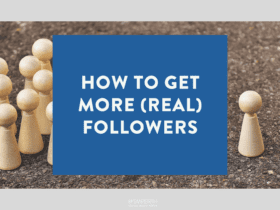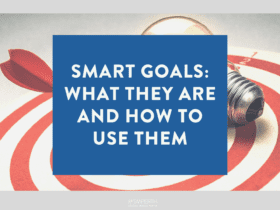There’s no denying the powerful benefits of social media for small businesses.
Over the years, social networking has become a crucial part of building brands, with one quarter of SMB’s integrating it into their business models.
The statistics are rapidly growing. And if you’re not taking advantage of everything social media has to offer, you’re getting left behind the competition.
Social media is a necessary tool for small businesses because it delivers measurable results in branding, sales and leads. It also enables a large audience reach at a low cost, builds professional relationships and can be interconnected with other media sources. To reap the full rewards of social media though, you need to keep your finger on the pulse with the latest updates and trends. The world of social media networks is dynamic and in constant change. Here are the top tips you should be utilising as a small business owner on social media:
Develop a Social Media Strategy
As exciting as social media for small businesses can be, you can’t just jump into it with no real plan of attack. Social media marketing needs a solid strategy to be successful. Having a strategy in place will save you a lot of time and hair pulling when it comes to posting on your chosen platforms too.
Your strategy should clearly outline your social media SMART goals and objectives, as well as a structured content calendar. This will help to determine when and what to post, mapping out which content will be posted onto what channels and when. In the early stages of developing your strategy, you should have a good indication as to what social media platforms your audience is engaged with and which ones you’re going to put your time into.
Promote Your Blog Content Intelligently on Platforms
Your business website should tie together with social media channels to encourage cross-promotion of content. If you’re looking to build your brand fast, maintaining a regular blog is one of the fastest and most efficient ways to do so. It also gives you some great original content to share across your social media channels. To get the ultimate reach, your blog content should be optimised for SEO. When you share it on your chosen platforms, whether it be Facebook, Twitter or Instagram, include related hashtags to help broaden your reach too.
Creating engaging and shareable content is a big plus in the eyes of Google. The more your content is shared on these social media platforms, the more signals there are to Google that people enjoy what you’re saying and find your content useful and valuable. Over time, this will assist in boosting your domain authority of your website over sites that aren’t as active on social media. Facebook Pages are the most popular way to promote your content and grow your audience, but it’s important to research as to where your audience is and what channels are a best fit for your business needs.
Follow Industry Leaders
Social media is a useful tool for connecting with and following industry leaders. Keeping tabs on these accounts will offer inspiration as to what other people in your industry are sharing. Follow successful brands to see what winning strategies they’re using, which will help you in experimenting with your own tactics as to what works and what doesn’t for your brand.
Use the Right Tools
Social media is a big commitment. It takes time to write and find relevant content, put together an effective strategy and work out which social media channels are the best fit for your business. Running a small business demands a lot of hours and attention, so be diligent with the time you spend on social media and make those minutes count. Thus, investing in tools to save time and effort is vital.
Tools like Hootsuite will help to increase your productivity and streamline your social media marketing. You can also use it to schedule posts and integrate multiple social media platforms.
Be Visual
Content isn’t all in the form of written articles. Whilst sharing these on social media is great, you want to include visual content too. According to Lewis Communications, visual content was top priority in 2016, with a staggering 96% more views than content without relevant images. In 2018, the need for visual content is still on the rise. You can incorporate images, videos, memes, GIFs and Infographics into your social media strategy, just make sure everything you share is still relevant to your audience and platform you’re using.
Listen vs. Promote
Social media offers an opportunity to communicate and engage with your customers, so make sure you use it as such. Rather than just promoting anything and everything, opt for quality over quantity and take the time to find out what your audience wants to read/see/share. The more you understand your customers and their needs, the better you can address what they want and give them the right content. Audiences want more. But it must reflect what they’re after, who you are and what your brand is all about.
In today’s tech-driven world, social media is a core part of your marketing mix – even if you’re just a small business starting out. Whether it be Linkedin, Facebook, Twitter, Instagram, Pinterest or Snapchat, social media gives your business a human voice and a competitive edge.
Download our branding guide to learn how a consistent approach to social media can help you grow your name online.









LET’S CONNECT